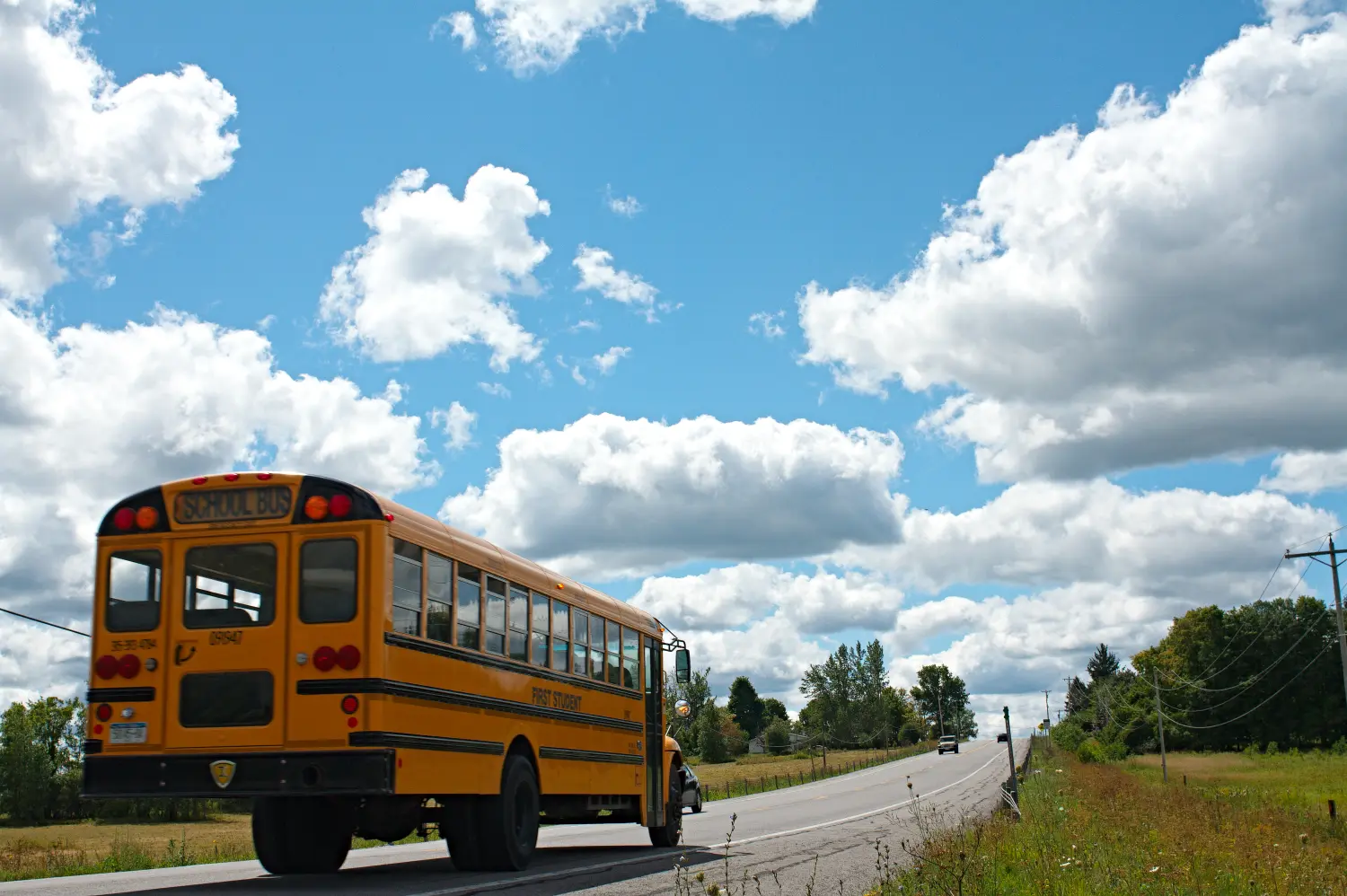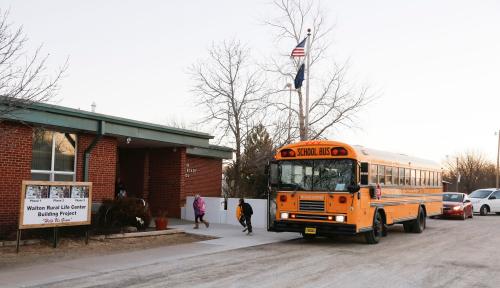Nearly a quarter of the U.S student population attends schools in rural areas. Rural students are more likely to graduate from high school than their urban counterparts. However, their lower college enrollment and graduation rates suggest that many of these high school graduates are not necessarily ready for higher education. Increasing access to career counselors for rural students could play a vital role in preparing these students for their transition from school to college and to the workforce.
Rural students face challenges for career readiness
A myriad of factors contribute to the lack of readiness for college among rural students. Rural schools operate under small budgets, which can prevent them from attracting and retaining qualified teachers and offering advanced coursework to students. Rural students have fewer opportunities than urban students for career exploration activities that are generally viewed as a best practice for career readiness. The isolated geographical locations of their communities can limit rural students’ ability to participate in activities that would expose them to different occupations (e.g., field trips to various work settings).
In addition to career exploration activities, students’ home lives are important in shaping their post-graduation outcomes. More than half of rural students have parents who expect them to pursue a college degree or a graduate degree, and many are encouraged by their parents to leave their local communities for better economic opportunities. Yet, rural parents’ relatively lower college graduation rates make them less familiar with the college application process, and hence perhaps less likely to provide comprehensive information regarding college to their children.
Career counseling and rural barriers
Considering the range of challenges faced by students in rural areas, counselors in rural schools play an important role in students’ career development. Several studies have noted the importance of counselors in providing information to students about their career or academic options after they graduate from high school. One found that the presence of one additional counselor in a school was associated with an increase of 10 percentage points in four-year college enrollment. Counselors are especially critical for students whose parents are unfamiliar with paths to postsecondary education.
Despite their importance, school counselors are not evenly distributed across the country. In rural areas, 14% of schools do not have a school counselor, compared to 6% in urban settings. Though the student-to counselor ratio in rural schools is lower than in urban schools (380 vs 499), it is substantially higher than The American School Counselor Association recommendation of 250 students per school counselor.
One reason for the limited supply of school counselors is the selective licensing process. Most states require their school counselors to possess fairly strong academic standing and some type of fieldwork experiences. School counseling is also an evolving specialty, which requires long-term professional training. Schools with restricted funds are less able to devote money to developing school counselors, which is demonstrated by evidence from Pennsylvania that rural districts allocate less per-pupil funding towards school counselors than urban districts.
Just as with teachers, the financial limitations of rural schools make it difficult for schools to maintain career counselors who fully devote themselves to students’ professional needs. Counselors in rural areas often take care of the needs of multiple schools. Therefore, they tend to have a limited physical presence on any given campus. Small staff sizes in rural schools can also result in counselors taking on subsidiary tasks and spending less time on career guidance than their students might need.
In addition to the day-to-day challenges, evidence indicates that rural schools employ less experienced counselors than urban schools. Exchange of ideas among rural counselors could help them grow professionally, but the isolated locations (and lack of funding) for rural schools restrict rural counselors from participating in training opportunities and establishing appropriate career intervention skills to assist students’ career development.
Exemplary school and community partnerships
Considering the financial barriers faced by rural counselors, there is a clear need for additional funding in this area. Increasing the budgets of rural schools could allow them to hire more full-time and experienced counselors.
Beyond increases in direct funding, though, community partnership between the non-profit and private sectors could be a potential approach to help meet rural students’ career development needs. An encouraging study on school-community partnership in rural Virginia demonstrates the potential such a partnership could have. In Virginia, a wide variety of organizations—religious groups, public social service agencies, local college access providers, and local civil organizations, among others – provided students with information about college applications, scholarships, and access to federal aid. Community partners also exposed students to a variety of career options through trips to nearby business, historic sites, and tours to nearby colleges.
Toward the development of rural communities
Increasing access to career advice through counselors or community partnerships in rural schools could play a vital role in fostering college entrance and graduation rates. However, a potential unintended consequence of boosting college enrollment is the exacerbation of the rural brain drain. The “rural flight” of young people to urban areas caused the populations of more than 1,300 rural counties to fall between 2010 and 2015. Although rural communities might continue to struggle with the question of how much, or what type, of education is “too much,” many rural youths have strong family and community ties that draw them back.
The return of college graduates would increase the human capital of rural communities and boost the economy, all of which would help to sustain and revitalize rural communities across the country.
The Brookings Institution is committed to quality, independence, and impact.
We are supported by a diverse array of funders. In line with our values and policies, each Brookings publication represents the sole views of its author(s).








